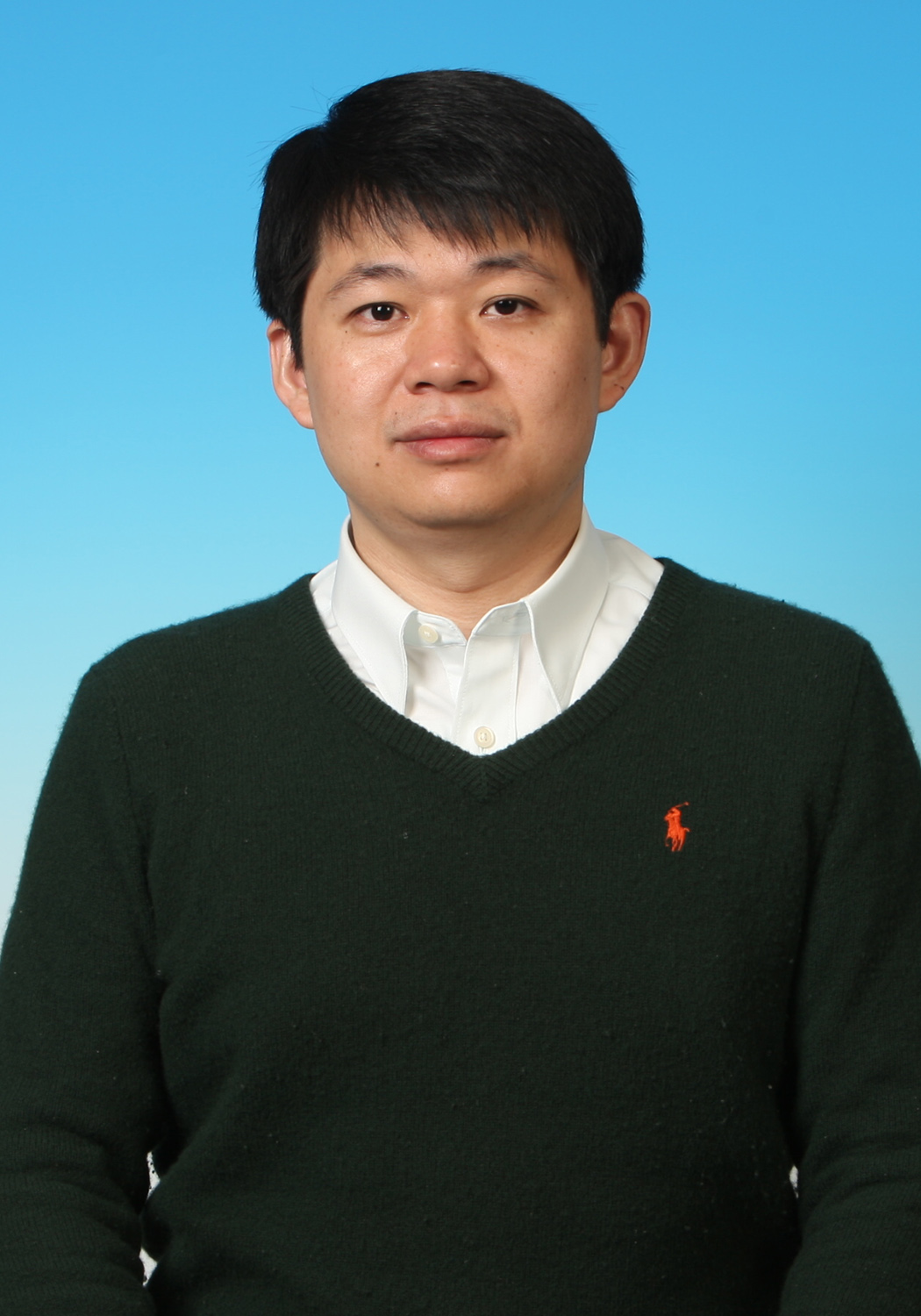
17th INTERNATIONAL FORUM ON MPSoC
for software-defined hardware
Speaker's Profile

Jiang Xu
Hong Kong University of Science and Technology, Hong Kong
Break Memory Wall Through Silicon Photonics
Download SlidesAbstract
The memory wall problem is due to the imbalanced developments and separation of processors and memories. It is becoming acute as more and more processor cores are integrated into a single chip and demand higher memory bandwidth through limited chip pins. Optical memory interconnection network (OMIN) based on silicon photonics technologies can potentially alleviate the memory wall problem. In this talk, we propose an OMIN, called MOCA. Experimental results and analysis show that MOCA can significantly improve system performance and energy efficiency. For example, comparing to hybrid memory cube (HMC), MOCA can speedup application execution time by 2.6x, reduce communication latency by 75%, and improve energy efficiency by 3.4x for 256-core processors in 7 nm technology.
Biography
Jiang Xu received his PhD from Princeton University. He worked at Bell Labs, NEC Labs, and a startup company before joining the Hong Kong University of Science and Technology. Jiang established Big Data System Lab, Xilinx-HKUST Joint Lab, and OPTICS Lab at HKUST. He currently serves as the Associate Editor for IEEE TCAD, TVLSI, and ACM TECS. He served on the steering committees, organizing committees, and technical program committees of many international conferences, including DAC, DATE, ICCAD, CASES, ICCD, CODES+ISSS, NOCS, HiPEAC, ASP-DAC, etc. Jiang is an IEEE Distinguished Lecturer and was an ACM Distinguished Speaker. He authored and coauthored more than 100 book chapters and papers in peer-reviewed journals and international conferences. His research areas include big data system, heterogeneous computing, optical interconnection network, power delivery and management, MPSoC, low-power embedded system, hardware/software codesign.

